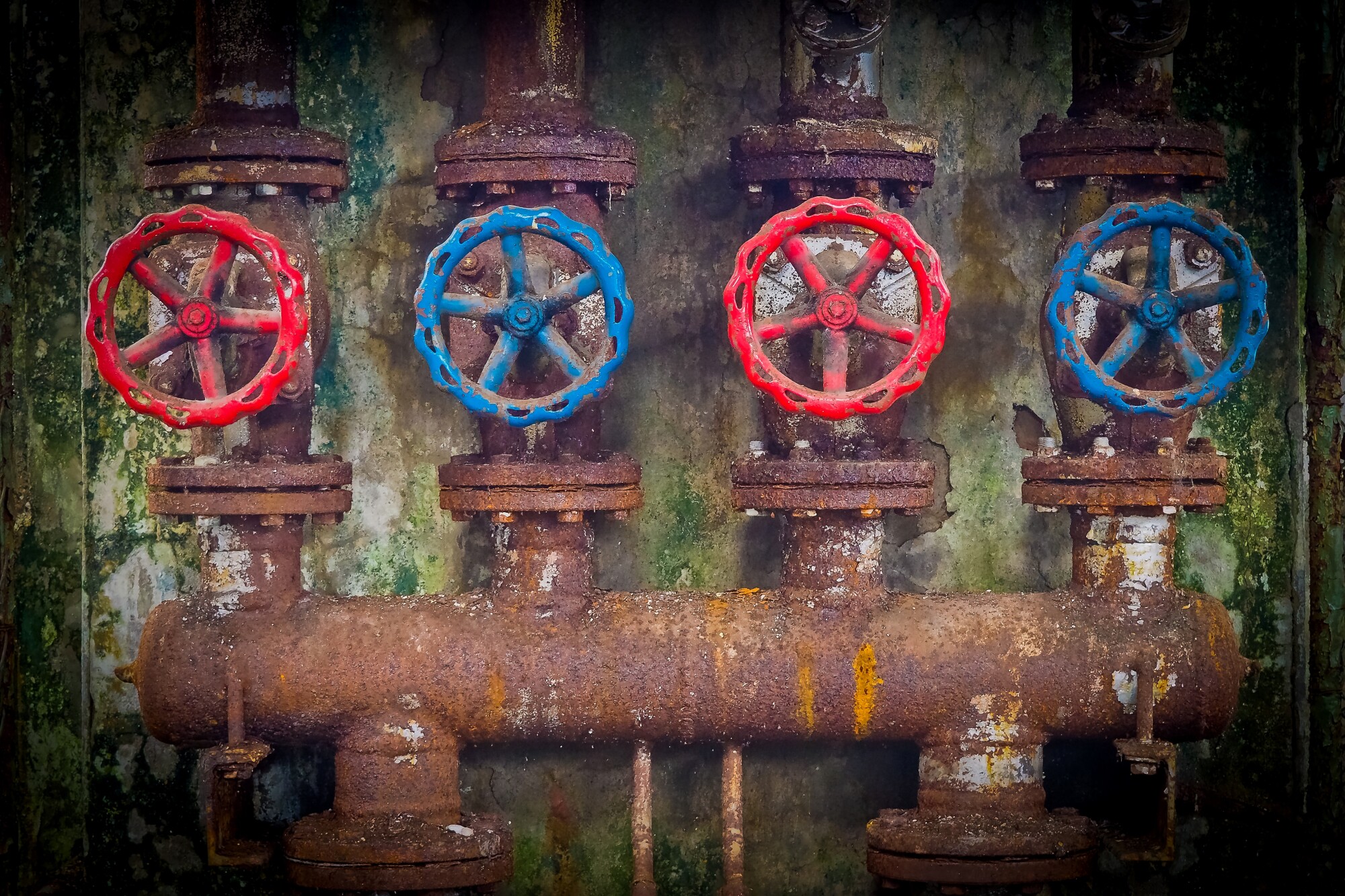According to market research, the cured-in-place-pipe market is expected to grow by 5.1% and reach a value of $3.1 billion in 2027.
One of the reasons that it’s growing so quickly is because of how popular and effective it is.
But what is cured-in-place-pipe and how does it work? Keep reading to find out all you need to know.
What Is Cured-In-Place-Pipe?
Cured-in-place pipe (CIPP) lining is a pipe work method solution that is trenchless. Right now, this is used to repair 50% of the pipes in the US.
To do this, a company will have to insert a curing resin inside the tube. They do this through an existing deteriorated pipe.
The goal of this type of process is to repair the host pipeline that already exists, but it works by offering support with a newly hardened pipe.
You can use this process to repair all types of pipes, like storm drains, pressure pipelines, gravity sewers, and culverts. It’s becoming a very popular choice for pipe repair in the industry, but some people still don’t know what it is or exactly how the process works.
How It Works
Once you find a pipe that you need to repair, you can put a flexible liner inside of the pipe that you want to repair. Then, you’ll have to inflate the liner.
Once the liner is inflated, you’ll expose the liner to ultraviolet light or heat to harden and dry the liner so that it’s flush against the inside of the pipe. This will help form a smooth surface and restore it to a condition that is like new.
After you do that, you’ll need to remove the roots from the pipe and get rid of any debris that is in the pipe. You’ll then have to set up a system that will bypass the sewer if that’s necessary. You’ll need to re-route the wastewater to another system while you’re doing this pipe relining process.
Next, you’ll want to get a vacuum truck or a vacuum that is designed for sewers or pipes. This will help keep the water and debris out of the pipe as well.
Next, you’ll want to put the liner into the sewer pipe from the surface. You can do this through a manhole in the system.
Once you’ve exposed the liner to the heat, you can then start the service system over the pipes that have liners in them. Once all of it is done, make sure that you do a quality control inspection to ensure there are no cracks or leaks.
Discover More About How a Cured-in-Place-Pipe Works
These are only a few things you’ll need to know about how a cured-in-place-pipe works, but there are many other factors to consider.
We know that this method can be very effective, so if you’re interested in using this solution, you’ll need to find the right company.
Thankfully, we’re here to help you out. Check out our website to learn more about our services and how we can do pipe relining for you.






